Introduction
Vegetable corn soup, a beloved dish in many cuisines, combines the natural sweetness of corn with the earthy goodness of fresh vegetables. This hearty yet delicate soup is celebrated for its versatility, as it can be tailored to suit various dietary preferences and seasonal ingredients. Whether enjoyed as a comforting starter, a light meal, or a side dish, this recipe promises a burst of flavors and textures that cater to both the palate and the pursuit of a balanced diet. In this guide, we will explore the art of preparing vegetable corn soup from scratch, emphasizing technique, ingredient selection, and creative adaptations to elevate this classic dish.
The Appeal of Vegetable Corn Soup
Before diving into the recipe, it is essential to understand why this soup has earned its place in kitchens worldwide. Corn, the star ingredient, offers a mild sweetness and a creamy texture when cooked, while vegetables like carrots, peas, and bell peppers contribute vibrant colors, vitamins, and fiber. The soup’s broth, often infused with aromatic herbs and spices, ties these elements together, creating a harmonious balance. Additionally, its low-fat content and high nutritional value make it an ideal choice for health-conscious individuals, families, and those seeking plant-based alternatives.
Ingredients: Building the Foundation
The success of any soup lies in the quality and combination of its ingredients. For vegetable corn soup, freshness is non-negotiable. Below is a detailed list of components, along with substitutions and variations to accommodate dietary needs or pantry availability:
- Corn Kernels (2 cups): Fresh, frozen, or canned corn can be used. Opt for sweet corn varieties for enhanced flavor.
- Assorted Vegetables (2 cups):
- Carrots (1/2 cup, diced): Adds sweetness and crunch.
- Green Peas (1/2 cup): Provides a pop of color and texture.
- Red Bell Pepper (1/2 cup, chopped): Introduces a mild spiciness and vibrant hue.
- Celery (1/4 cup, minced): Enhances aromatic depth.
- Aromatics:
- Onion (1 medium, finely chopped): The base for savory flavor.
- Garlic (3 cloves, minced): Imparts a pungent, earthy note.
- Ginger (1-inch piece, grated): Adds a subtle warmth and freshness.
- Broth (4 cups): Vegetable broth is ideal for a vegan version; chicken broth may be used for non-vegetarian adaptations.
- Thickening Agent:
Cornstarch (2 tbsp) mixed with water (3 tbsp): Creates a velvety consistency without dairy.
- Oil (1 tbsp): Olive oil or any neutral cooking oil for sautéing.
- Seasonings:
- Salt (to taste)
- Black Pepper (1/2 tsp, freshly ground)
- Optional: Paprika, cumin, or a pinch of red chili flakes for heat.
- Garnishes:
- Fresh Cilantro or Parsley (2 tbsp, chopped)
- Lemon Wedges (for a citrusy kick)
- Toasted Bread Crumbs or Croutons (for texture)
Step-by-Step Preparation

Preparing the Vegetables
Begin by rinsing all vegetables under cold water. Peel the carrots and onion, then dice them into uniform, bite-sized pieces to ensure even cooking. Mince the garlic and ginger finely to release their flavors during sautéing. For the bell pepper, remove the seeds and membrane before chopping. If using frozen corn or peas, thaw them slightly to reduce cooking time.
Sautéing the Aromatics
Heat the oil in a large pot over medium heat. Add the chopped onion and sauté until translucent (3–4 minutes). Stir in the garlic and ginger, cooking for an additional minute until fragrant. Avoid browning, as this can impart bitterness.
Building the Flavor Base
Introduce the diced carrots and celery to the pot, stirring to coat them in the aromatic oil. Cook for 5 minutes, stirring occasionally, until the vegetables soften slightly. This step mellows their raw edge and allows their natural sugars to caramelize gently.
Incorporating the Corn and Bell Pepper
Add the corn kernels and bell pepper to the pot. Stir well to combine. The corn’s starch will begin to thicken the broth slightly as it cooks. Allow the mixture to simmer for 3–4 minutes, stirring gently.
Simmering in Broth
Pour the vegetable broth into the pot, increasing the heat to bring the mixture to a gentle boil. Once boiling, reduce the heat to low, cover, and let the soup simmer for 15–20 minutes. This slow cooking process melds the flavors and softens the vegetables to perfection.
Thickening the Soup
In a small bowl, whisk the cornstarch with cold water to create a slurry. Gradually pour this mixture into the simmering soup, stirring continuously to prevent lumps. The soup will thicken within 2–3 minutes. Adjust the consistency by adding more broth or water if desired.
Seasoning to Perfection
Taste the soup and season with salt, pepper, and any additional spices. For a smoky twist, a pinch of smoked paprika complements the corn’s sweetness. Freshly squeezed lemon juice added at this stage brightens the flavors.
Final Touches and Garnishing
Remove the pot from heat and stir in the green peas, allowing residual heat to cook them gently (this preserves their vibrant color). Ladle the soup into bowls and garnish with chopped herbs, a squeeze of lemon, and a sprinkle of toasted breadcrumbs for contrast.
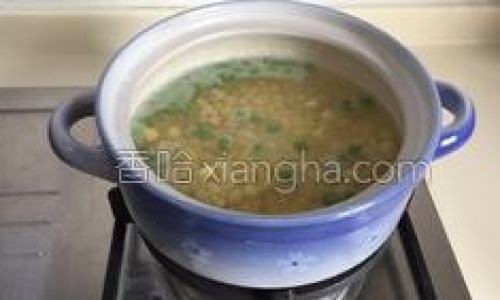
Customization and Variations
One of the joys of vegetable corn soup is its adaptability. Here are creative ways to tailor the recipe:
- Protein Boost: Add cooked chickpeas, tofu cubes, or shredded chicken for heartiness.
- Creamy Texture: Blend a portion of the soup with coconut milk or cashew cream for a dairy-free richness.
- Spicy Kick: Incorporate diced jalapeños or a dash of hot sauce during cooking.
- Herb Infusions: Experiment with basil, thyme, or dill for aromatic complexity.
- Gluten-Free Option: Ensure the cornstarch and broth are certified gluten-free.
Nutritional Highlights
This soup is a nutritional powerhouse, offering:
- Fiber: From corn and vegetables, aiding digestion.
- Vitamins: Bell peppers provide vitamin C, while carrots are rich in beta-carotene.
- Antioxidants: Ginger and garlic contain compounds that support immune health.
- Low Calories: Ideal for weight management without sacrificing flavor.
Serving Suggestions
Pair the soup with:
- Crusty Bread: For dipping into the broth.
- Quinoa Salad: A protein-packed side for a complete meal.
- Stuffed Peppers: A complementary main dish for a themed dinner.
Storage and Reheating
Leftovers can be stored in an airtight container in the refrigerator for up to 4 days. Reheat gently on the stove, adding a splash of broth if the soup thickens. Freeze portions for up to 3 months; thaw overnight before reheating.
Common Pitfalls and Solutions
- Overcooked Vegetables: Monitor simmering time to retain texture. Add delicate greens like spinach in the final minutes.
- Lumpy Consistency: Ensure the cornstarch slurry is fully dissolved before adding it to the soup.
- Bland Flavor: Roast the vegetables before adding them to the soup for deeper caramelization.
Cultural Significance
While vegetable corn soup is a global favorite, its roots trace back to agrarian societies where corn was a staple. In Chinese cuisine, a similar dish called “corn soup” often includes egg droplets, while Mexican versions might feature chili peppers and lime. This recipe bridges traditions, offering a universal appeal.
Conclusion
Vegetable corn soup is more than a dish—it is a canvas for creativity, a celebration of seasonal produce, and a testament to the joy of simple, wholesome cooking. By mastering the balance of sweet corn, crisp vegetables, and aromatic broth, you can create a soup that nourishes the body and delights the senses. Whether enjoyed piping hot on a chilly evening or served chilled as a refresher, this recipe invites experimentation and guarantees satisfaction. So, gather your ingredients, embrace the rhythm of the kitchen, and savor the fruits of your labor—one spoonful at a time.
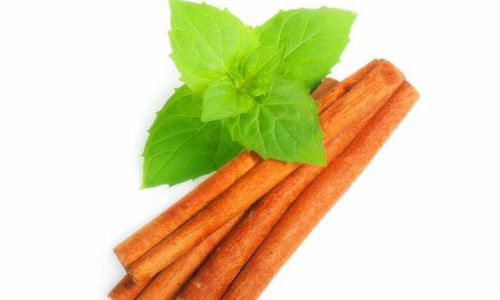

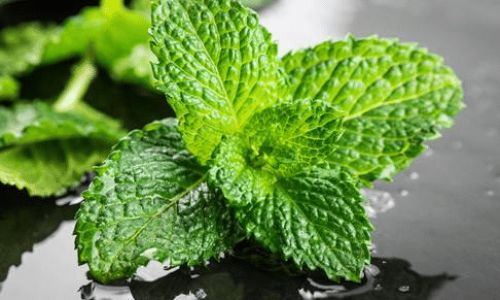
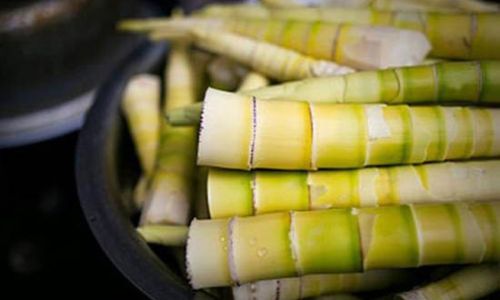
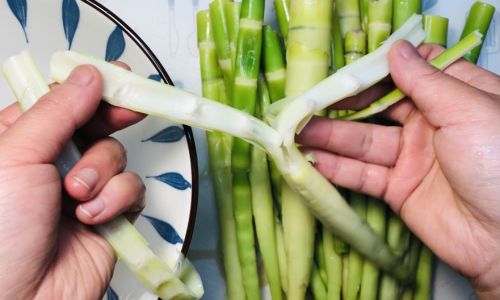
0 comments